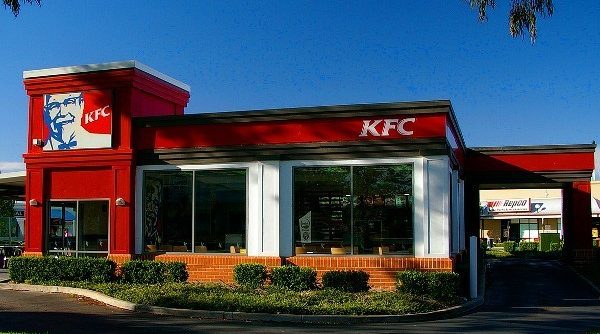
Chicken lovers the world over have been enthralled by the story of a New York woman who is suing KFC for $US20 million ($26.3 million) after she ordered a meal deal with a bucket of chicken that wasn’t “full to the brim” as advertised. But business owners should know the difference between puffery and misleading claims, say experts.
Anna Wurtzburger, 64, told the New York Post that the $US20 “Fill Up Deal” she ordered included a half-full bucket of chicken, instead of the overflowing bounty that was advertised.
When she called the KFC head office to complain, she was reportedly told that the pieces of fried chicken popped out of the box in the ad so that the public could more easily see the food on offer.
“If you want the public to look at your chicken, put it in a dish,” she fumed. “It’s a lot of BS. … I expect to get what you’re telling me,” she told The Post.
Wurtzburger is now asking for $US20 million in damages for the false advertising, and for the advertising for the chicken bucket in question to be changed to reflect the actual nature of the product. KFC reportedly sent Wurtzberger two vouchers as compensation after she complained, and has told media outlets the lawsuit is baseless.
The case has captured the imagination of the hungry public – and while customers seem to agree that $US20 million is an excessive request, many agree they have also been disappointed by the size variations in KFC products.
“Care to make this KFC a, ‘class action lawsuit’? KFC used a bigger bucket specifically to dupe its viewers….and should be sued,” one comment writer said on entertainment website TMZ.
“Colonel Sanders himself would be very disappointed and wish to sue.”
Puffery versus misleading statements
Wurtzberger believes that the $US20 price tag, combined with an advertisement that shows pieces of fried chicken popping out of an overfull bucket, do not line up with the actual product.
LegalVision Principal Ursula Hogben told SmartCompany that in Australia, businesses need to remember the difference between misleading conduct and puffery – and act accordingly.
While the Australian Consumer Law prevents companies from being deceptive or misleading in the promotion of products, exaggeration is allowed in some cases, particularly for exaggerated claims that are difficult to prove, like “Best food ever”.
In the KFC case, it would come down to whether the product varied significantly from the actual detail of the product, as well as the impression left by the ad.
“For instance – if she got the right number of pieces of chicken [as advertised],” says Hogben.
“There are various cases for this, but generally it’s if the facts are incorrect, then those things could be seen as misleading.”
KFC lovers were quick to point out that while the “Fill Up” package ad has a full bucket of chicken, the fine print in restaurants does say a customer gets eight pieces as part of the pack – and that is what Wurtzberger received.
“It is legal to do puffery,” says Hogben. “If they said 12 pieces and didn’t get them, then that could be seen as misleading, but on the whole this could be seen as exaggeration.”
For damages to be secured by a customer in a case like this, it’s likely Wurtzberger would have to prove the harm done to her by the small amount of chicken – and this is unlikely to be easy, says Hogben.
That said, businesses should be aware of the specifics around how many units it says are in a pack, and know that there is more than one avenue a customer can go down to complain.
“There’s also the code of ethics for advertising standards in Australia,” says Hogben.
“And along with the ads, if it’s genuinely misleading, this is something for the Australian Competition and Consumer Commission as well.”


COMMENTS
SmartCompany is committed to hosting lively discussions. Help us keep the conversation useful, interesting and welcoming. We aim to publish comments quickly in the interest of promoting robust conversation, but we’re a small team and we deploy filters to protect against legal risk. Occasionally your comment may be held up while it is being reviewed, but we’re working as fast as we can to keep the conversation rolling.
The SmartCompany comment section is members-only content. Please subscribe to leave a comment.
The SmartCompany comment section is members-only content. Please login to leave a comment.